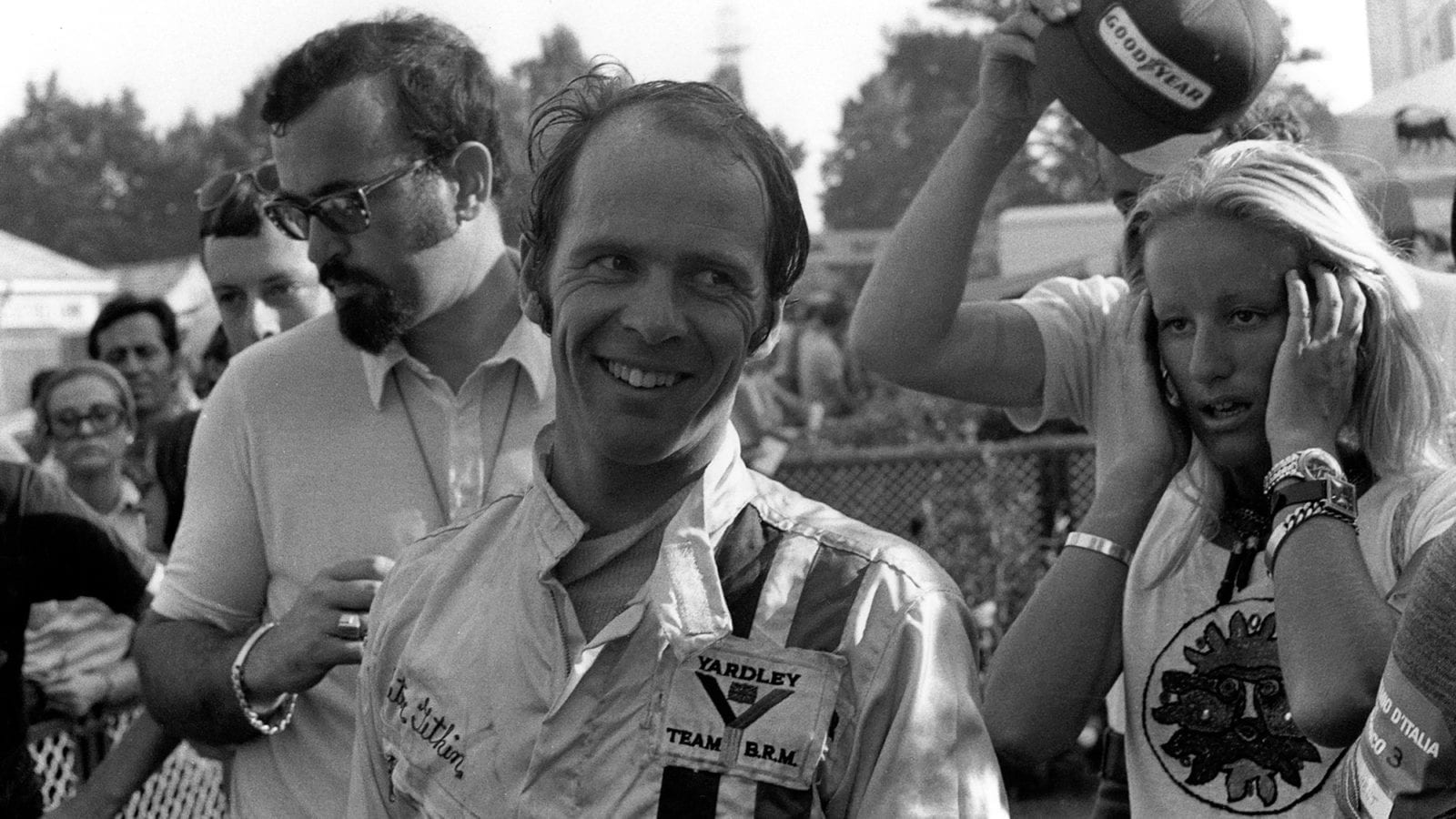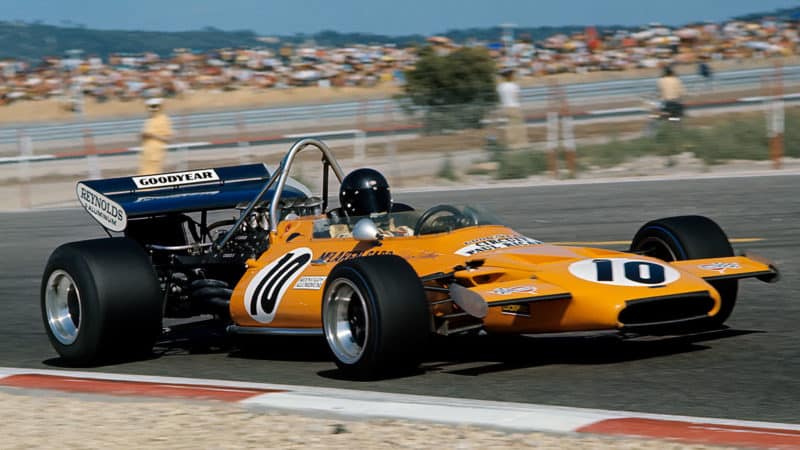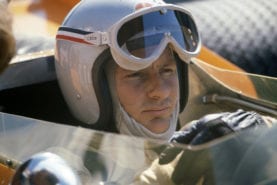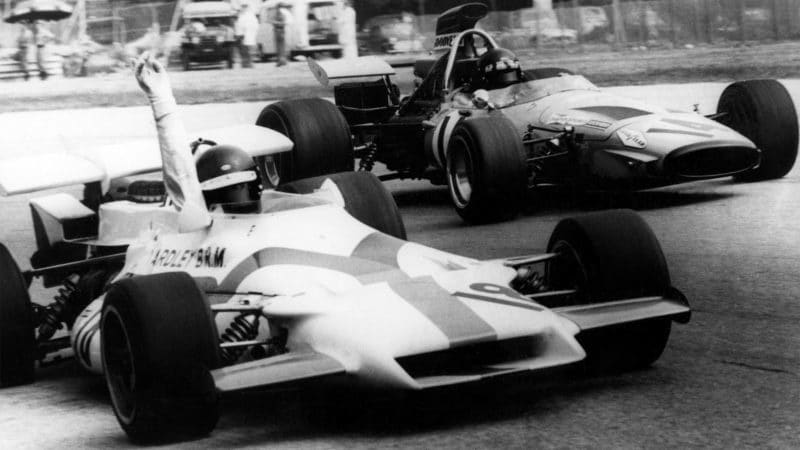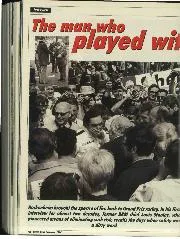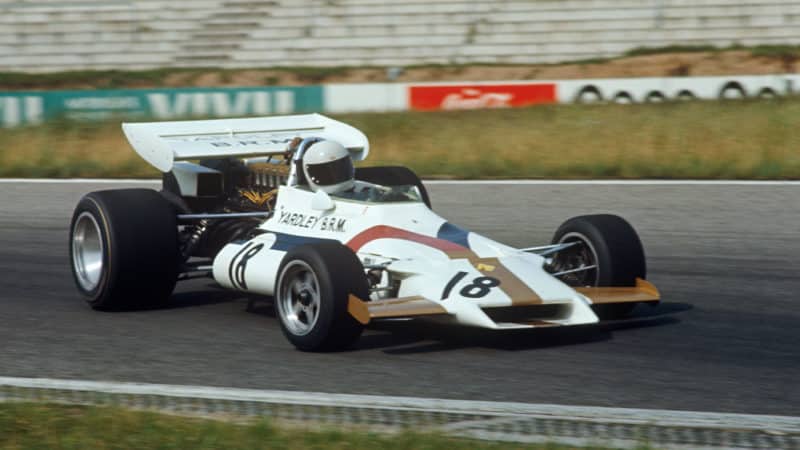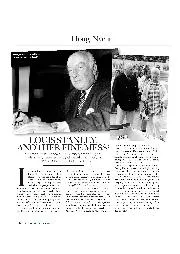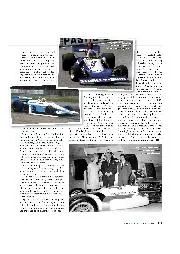Sadly, Peter Gethin didn’t drive in the 1970 Belgian Grand Prix. “I went down to Goodwood for a pre-race test in the M14 Formula 1 car”, remembers Peter, “and I was literally just being strapped into the cockpit when we saw the smoke . . .” Bruce McLaren had crashed the M8D Can-Am car into a marshals’ post on Goodwood’s main straight. He was killed instantly. Testing was obviously abandoned and Peter Gethin was one of the first at the accident scene: “it made a very, very big impression on me . . .” he says reflectively.
Considering the way his career subsequently progressed, Gethin admits that Bruce’s death had a lasting, long-term effect on the progression of his career, just as cars and equipment play an important part in a racing driver’s repertoire, so did personal relations and confidence. Gethin appreciated that only too well: from the moment he first went into F3 he had understood that it wasn’t just ability that mattered. “Charles Lucas only invited me into his F3 team back in 1965 because he fancied my girlfriend”, he smiles. But, notwithstanding that somewhat basic reason, Gethin successfully made the transition into F3. Now, almost before he had embarked on his F1 career, an integral part of a very special relationship had been brutally shattered. He was only to last a year in the McLaren Formula 1 line-up before he was told that there would be longer a place in the team for him. He became a casualty of the abrasive Teddy Mayer, the American lawyer who was now senior partner in McLaren Racing following Bruce’s death.
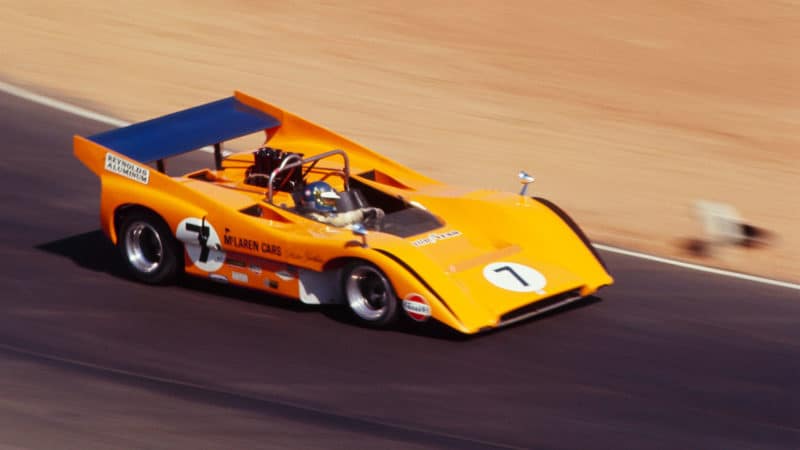
F1 and F5000 was supplemented with Can-Am drives
Getty Images
Gethin is remarkably candid and objective about why he was eventually asked to “move on” by Mayer: somebody had to take the rap for the failure of the McLaren M19 in its initial form. “Denny had run well with the M19 at Kyalami and only been deprived of victory when a bolt broke in its suspension”, Gethin recalls, “but at most other places it was a difficult car to set up with that rising rate suspension. I could never get it to work: it had a peculiar ‘dead’ feeling about it and I honestly didn’t know what to do with the thing. Well, Denny was really ‘family’ by that time — I don’t think McLarens would have fired him if Jackie Stewart had become available — so I was made the ‘fall guy’. They recruited Mark Donohue and Penske’s lot to try and sort the thing out for the last few races of the year and told me that I wouldn’t be wanted beyond Monza. I felt pretty hard done by, I can tell you. I’d already been slung out of the Can-Am team in favor of Peter Revson and now here I was being booted out of their F1 team!”
It was at this point in Gethin’s career that he received a particularly lucky opportunity, one which he grasped firmly with both hands. Pedro Rodriguez had been killed a week before the British Grand Prix after crashing Herbert Mueller’s Ferrari 512 during a sports car race at the Norisring, a race, incidentally, in which Gethin in Sid Taylor’s Can-Am McLaren M8D finished second. That left a gaping vacancy in the BRM Formula 1 line-up and Gethin continues the story with an air of impish amusement:
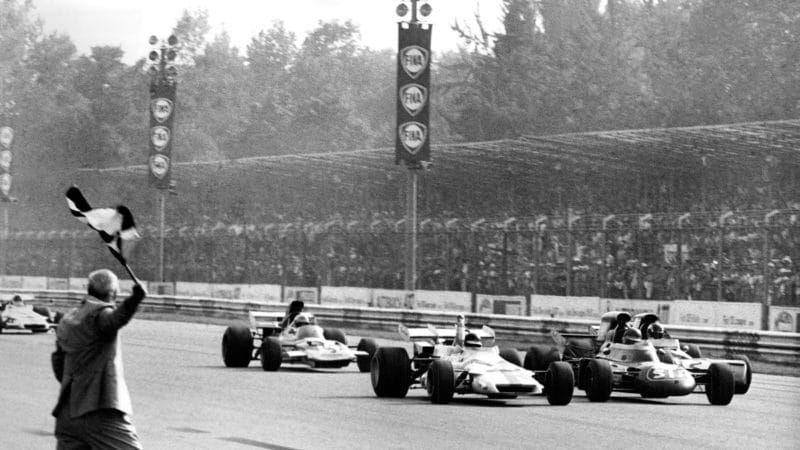
Famous day came at Monza ’71 not long after signing for BRM
Grand Prix Photo
“Louis Stanley had the foresight, or whatever you’d call it, to ring me up and show a degree of interest. He was a quite remarkable man. I suppose the best thing you could say about him was that he meant well, but in terms of organisational ability I think he was the complete opposite to Ken Tyrrell, whom I still consider to be the ‘ultimate’ F1 team manager, assuming, of course, that he’s got the necessary budget. Anyway, Stanley rang me and asked ‘ would you be free for the Austrian Grand Prix?’. I told him that I would and had great pleasure in telling McLaren to stuff it. . . .”
Gethin was out of luck in his first race for the team, his BRM P160 finishing a lowly tenth. But Peter Gethin’s great day come at Monza a few weeks later. Going into the last corner of the last lap, he forced his BRM inside Ronnie Peterson’s March 711 to snatch the lead, holding off the brilliant Swede in a sprint to the checkered flag and winning by one hundredth of a second. Francois Cevert’s Tyrrell and Mike Hailwood’s Surtees TS9B were third and fourth, the first four cars covered by 0.18ec. in a finish which left everybody absolutely breathless with excitement and Peter Gethin the jubilant winner. Jackie Oliver, who’d replaced Gethin in the McLaren team, finished seventh!
